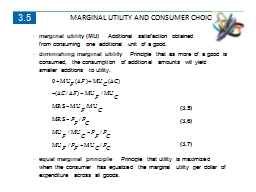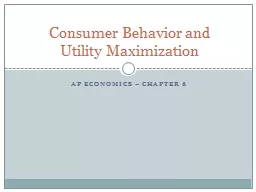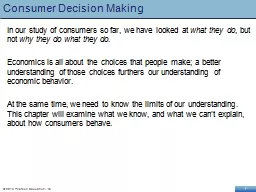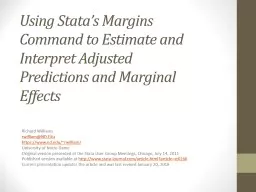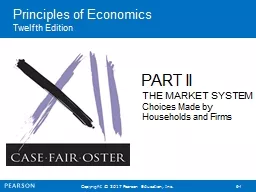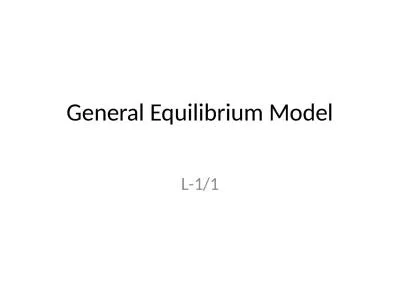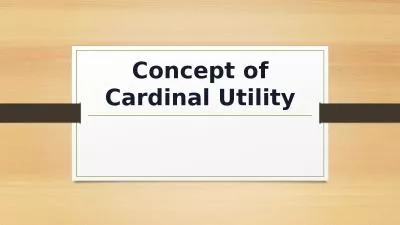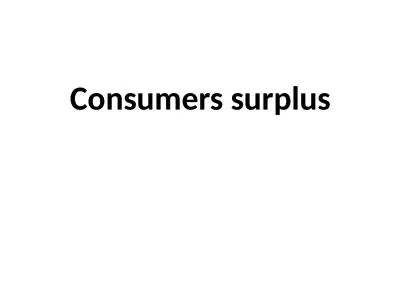PPT-MARGINAL UTILITY AND CONSUMER CHOICE
Author : cora | Published Date : 2023-10-31
35 marginal utility MU Additional satisfaction obtained from consuming one additional unit of a good diminishing marginal utility Principle that as more of
Presentation Embed Code
Download Presentation
Download Presentation The PPT/PDF document "MARGINAL UTILITY AND CONSUMER CHOICE" is the property of its rightful owner. Permission is granted to download and print the materials on this website for personal, non-commercial use only, and to display it on your personal computer provided you do not modify the materials and that you retain all copyright notices contained in the materials. By downloading content from our website, you accept the terms of this agreement.
MARGINAL UTILITY AND CONSUMER CHOICE: Transcript
Download Rules Of Document
"MARGINAL UTILITY AND CONSUMER CHOICE"The content belongs to its owner. You may download and print it for personal use, without modification, and keep all copyright notices. By downloading, you agree to these terms.
Related Documents

